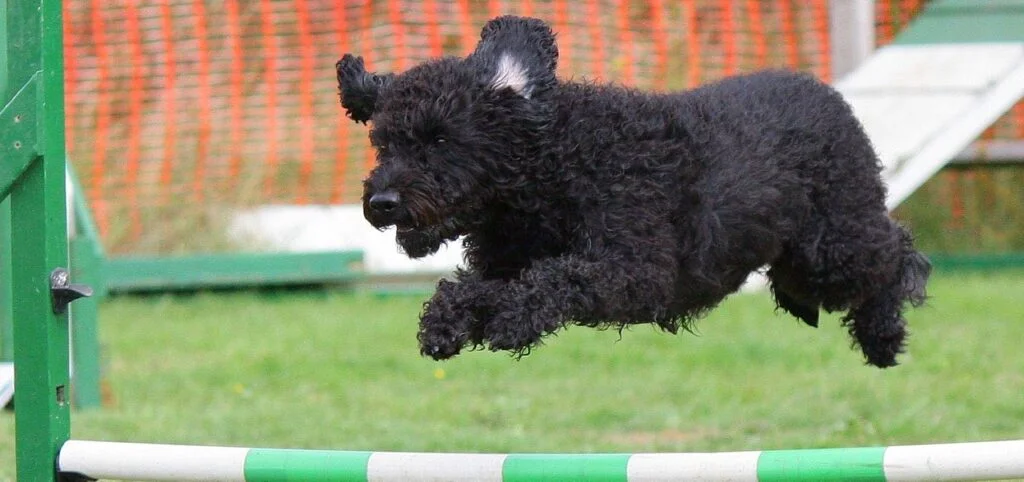Introduction:
When you enroll in a dog training program, it’s common to think your dog is the only one learning. However, the reality is quite different. Most Dog Training providers recommend a board and train approach. Set qualifications aside remember that they are in business. I am not saying Board and train programs are bad and in some cases are necessary. When shopping for a trainer you should always have a 1 on 1 consultation, program overviews, and most of all how they will teach you! It is important find a dog training facility that can include you throughout the process. My dog was on the road with me for the first 2 years of his life. He showed signs of reactivity and after being attacked by 2 off leash dogs it got worse. Long story short I was lucky to find a couple trainers in the cities we were working. 513K9 and Modern K9 Solutions met with us before we even purchased a program. They ran us through a series of topics, goals, outcomes, and possibilities. They even took the time to study my handling and how I handled Ruger’s “known” triggers. After the assessment I found out I was a part of the problem. Both places took in to account our schedule and lifestyle to provide a solution. Now let’s look at who the real student is during dog training sessions – is it you or your dog? I will cover why you need to participate and why it is essential for success!
Understanding the Training Process:
Dog training is a dual learning process. During training your dog learns commands and behaviors. They learn to associate actions with words as well as rewards. You learn how to communicate effectively, timing, and appropriate pressure. As the training process begins you should be learning what cues your pup responds to. There will be a lot of mistakes starting out especially if this is your first time in dog training. You will drop treats and stumble while you are walking them “with purpose”. Its ok nobody is paw-fect!!! This is part of the bonding process with your dog. They love you unconditionally and even more when you share the excitement of their first sit or heel. It creates a lasting bond and unforgettable memories! So, a long answer to a short question “you are the real student in the training process”. If you can’t mirror exactly what the trainer did to teach your pup then it was a waste of money. It is so important to know exact command words and positioning. [rh_get_post_thumbnails video=1 height=200 justify=1] If the trainer taught your dog to heel on the left and you expect right the dog will not understand after being conditioned to heel on the left. The smallest changes can set your dog up for failure. They have no grey area it is all black and white. They understand yes and no but maybe is grey. It is common for dogs to develop behavioral issues when they don’t have clear expectations in their life. Dog training is a hard job! Not only does the trainer have to be educated in dog training; they have to be a teacher.
The Role of a Dog Trainer:
A good dog trainer educates both the dog and the owner. Their goal is to build a strong, understanding bond between you and your pet. They also set you up for success after the training is complete. This includes things to practice at home, on walks, and advancement throughout your dog’s stages of life. The dog training process should be similar to the outline below.
Teaching Commands:
- Focus on the Dog: Trainers teach your dog basic commands and desired behaviors.
- Focus on the Owner: Trainers teach you the commands and behavior expectations
- Your Role: You learn and reinforce these commands consistently.
Understanding Dog Behavior:
- Focus on the Owner: Trainers explain why dogs act the way they do, providing you with insights into their behavior.
- Application: This knowledge helps you respond appropriately to your dog’s needs and actions.
Building Communication:
- Joint Effort: Training strengthens the communication pathway between you and your dog, emphasizing non-verbal cues and body language.
Consistency and Reinforcement:
- Focus on the Owner: Trainers emphasize the importance of consistency in command and behavior reinforcement, making you a crucial part of the training process.
- Focus on the Dog: Dog continually learns the boundaries and has structure with everyone.
Problem-Solving Skills:
- Shared Learning: Both you and your dog learn how to address and navigate challenges, such as distraction or disobedience.
Behavioral Issues:
It’s crucial to address behavioral issues early on. Lack of training can lead to situations that might require intervention, emphasizing the importance of dog training.
The Importance of Choosing the Right Trainer:
Selecting a trainer who understands the dual nature of dog training is crucial. They should be committed to teaching both you and your dog.
Conclusion:
Dog training is as much about educating the owner as it is about training the dog. A successful training program empowers you to understand and communicate with your dog effectively. There are several options for dog training now. You can board and train, group lessons, individual lessons, virtual, online or free videos. No matter what avenue you decide is right for you, your pup, and budget make sure you are getting training to! Ready to embark on a comprehensive training journey with your dog? Visit Barktastic.net for resources and guidance. For more advice, don’t forget to check out K9 Perspectives.




imfnto
2jo80j
cost of cheap clomiphene without a prescription how much does clomid cost without insurance order cheap clomid without dr prescription clomiphene tablets for sale order generic clomid online how to buy clomiphene pill how can i get clomiphene pill